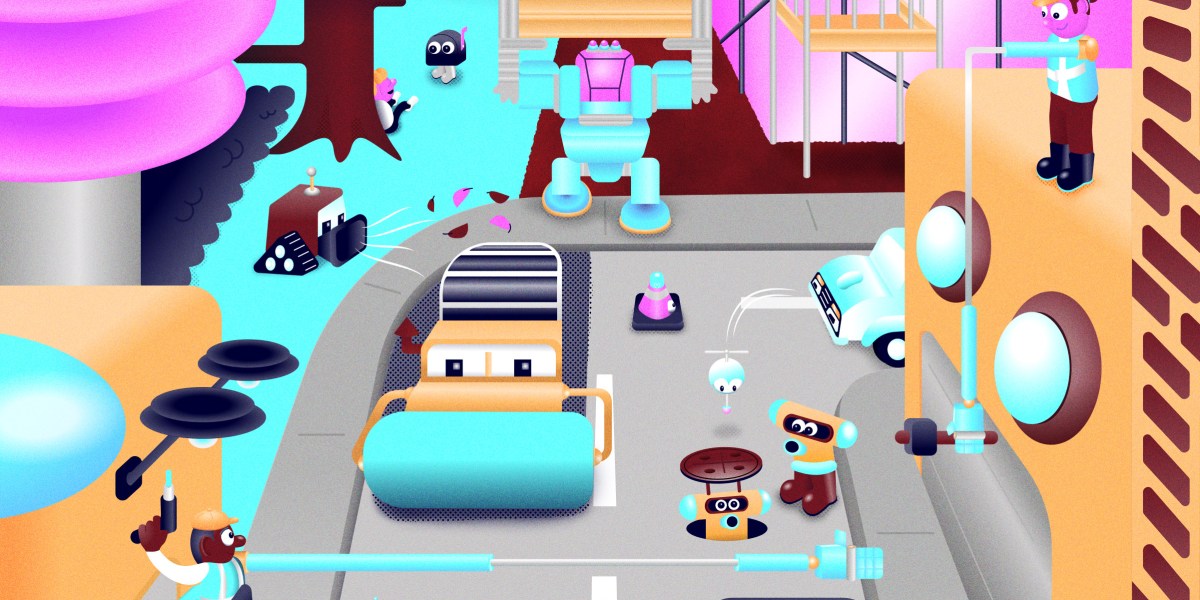The Download: rise of the robots, and what organoids can teach us

—This is an excerpt from a new book, The Heart and the Chip: Our Bright Future with Robots, by MIT CSAIL director Daniela Rus
Robots are an incredible way to enhance and extend the reach of human capabilities. In 2009, I worked with the biologist Roger Payne to use camera-mounted drones to study whales and their life spans.
The same drone was used to study uncontacted tribes in the Amazon, so they could be observed without the risk of bringing germs to people who had not developed immunity.
We also built a drone that launched from a self-driving car, flying ahead and around corners to relay its video back to the car’s navigation system.
We can already pilot our eyes around corners and send them soaring off cliffs. But what if we could extend all of our senses to previously unreachable places, and throw our sight, hearing, touch, and even sense of smell to distant locales and experience these places in a more visceral way? The possibilities are endless—and endlessly exciting. Read the full extract here.
Organoids made from amniotic fluid will tell us how fetuses develop
The news: As a fetus grows in the womb, it sheds cells into the amniotic fluid that surrounds it. Now researchers have demonstrated that they can use those cells to grow organoids, three-dimensional structures that have some of the properties of human organs—in this case kidneys, small intestines, and lungs. These cells can be extracted without harming the fetus.




